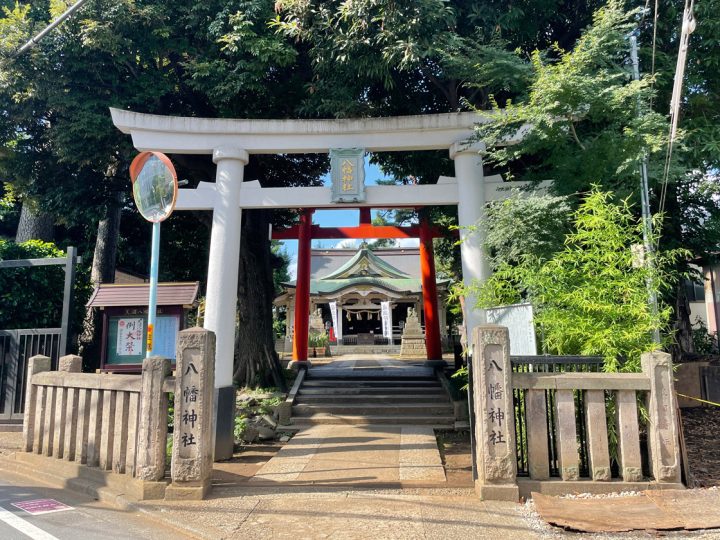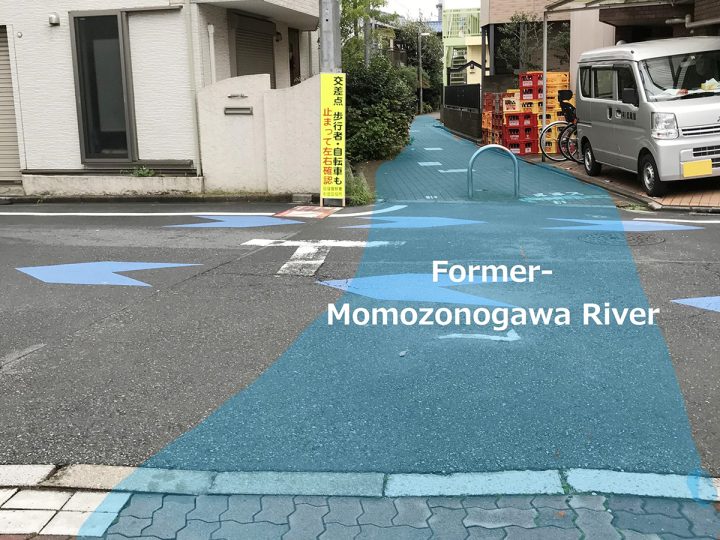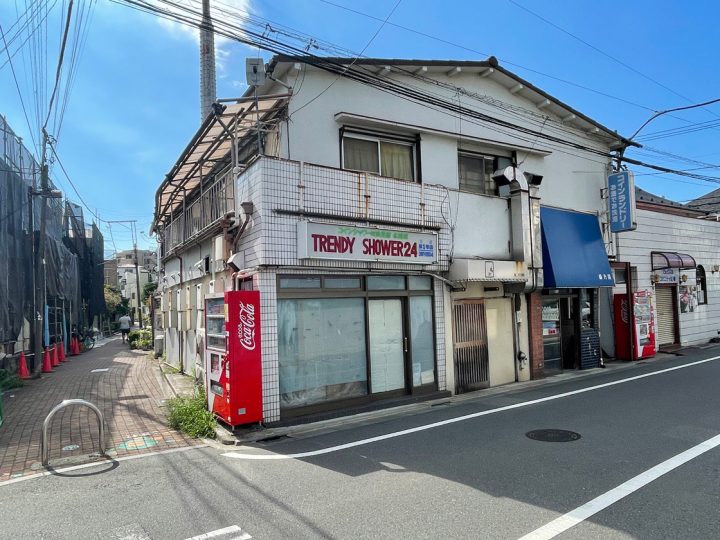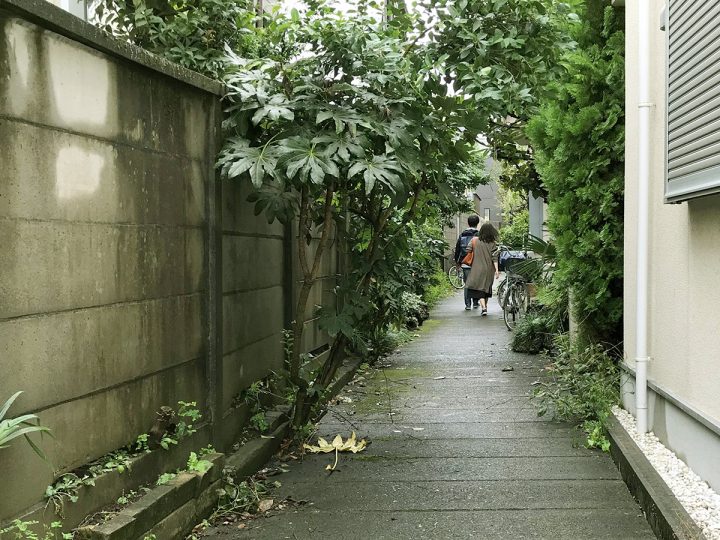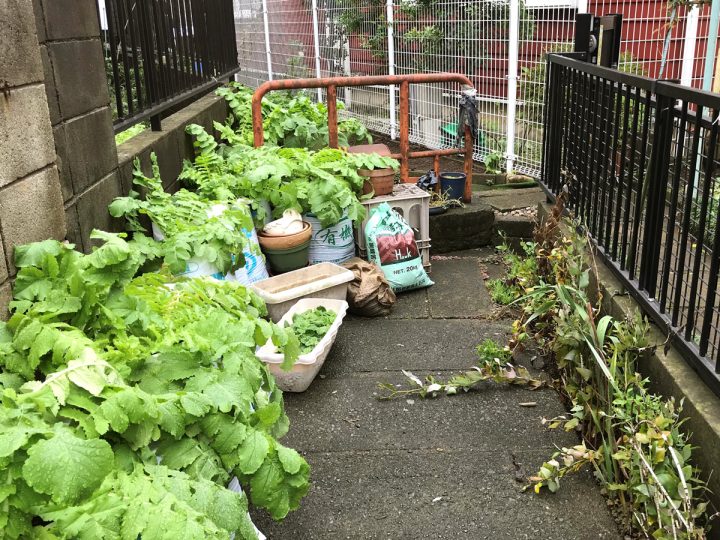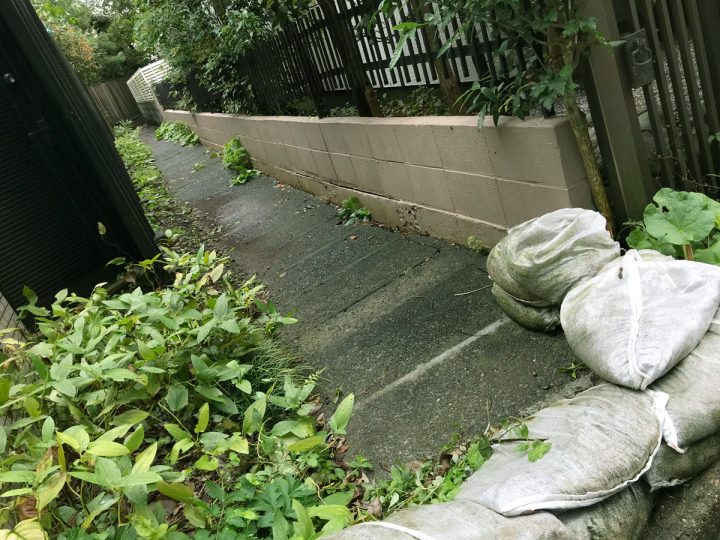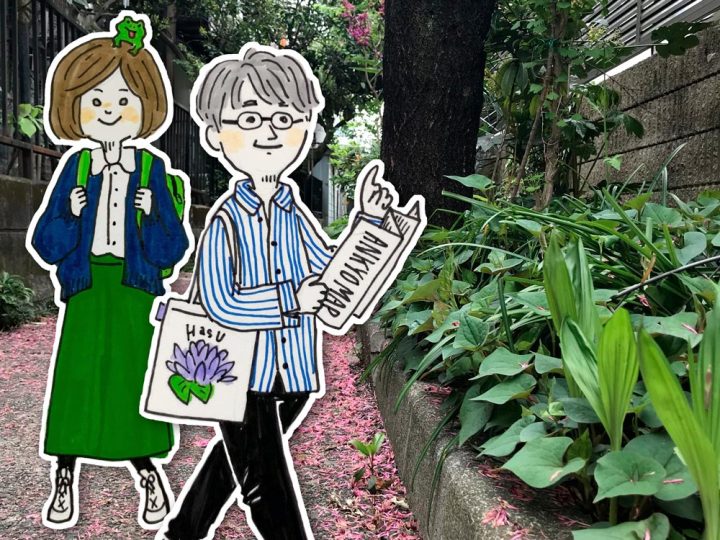- PLAN
- guides & trips
- CULVERT TOURS (Ogikubo)
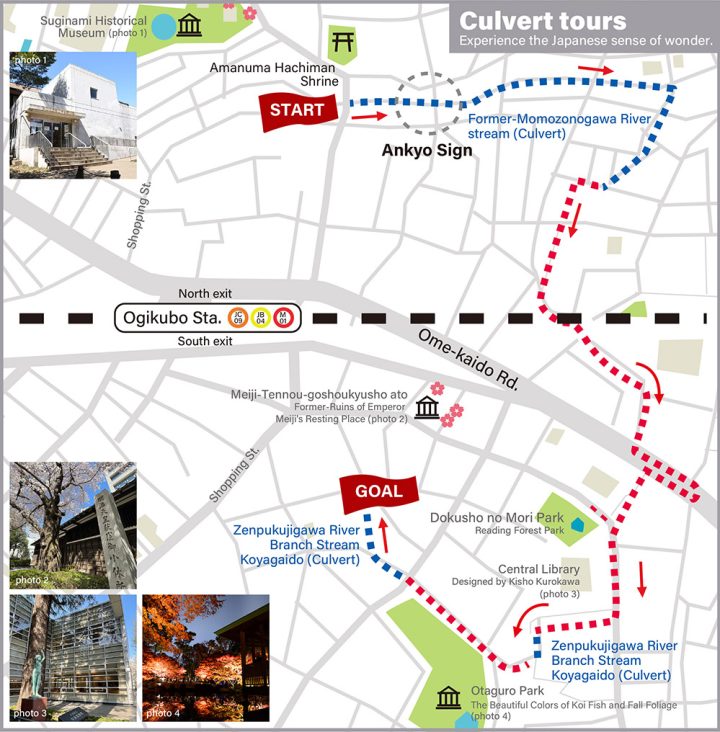
CULVERT TOURS (Ogikubo)
Experience the Japanese Sense of Wonder
[published August 23, 2022]
Have you ever heard the Japanese word “ANKYO”?
“Ankyo” means “culvert,” and in Tokyo many of these former river or irrigation channels have been covered and made into roads or walkways. Currently, walking down these Ankyo-roads is a trend in Japan. A tour of such Ankyo appeals to the sensitivity of Japanese people, yet international tourists have still not picked up on this trend. What makes these Ankyo tours popular and what is the reason Japanese are likely to take a stroll through them? This article attempts to shed some light on the reason with two walking routes in Ogikubo, Suginami, Tokyo guided by two Ankyo specialists: Ms. Nama Yoshimura and Mr. Hideo Takayama.
- Address:
- 2 Chome-18-5 Amanuma, Suginami-ku, Tokyo
- Distance from Station:
- 6 minutes from JR/Tokyo Metro Ogikubo Station, North Exit
- Address:
- 2 Chome-17-21 Amanuma, Suginami-ku, Tokyo
- Distance from Station:
- 12 minutes from JR/Tokyo Metro Ogikubo Station, North Exit
- Address:
- 3 Chome-35 Ogikubo, Suginami-ku, Tokyo
- Distance from Station:
- 10 minutes from JR/Tokyo Metro Ogikubo Station, South Exit








